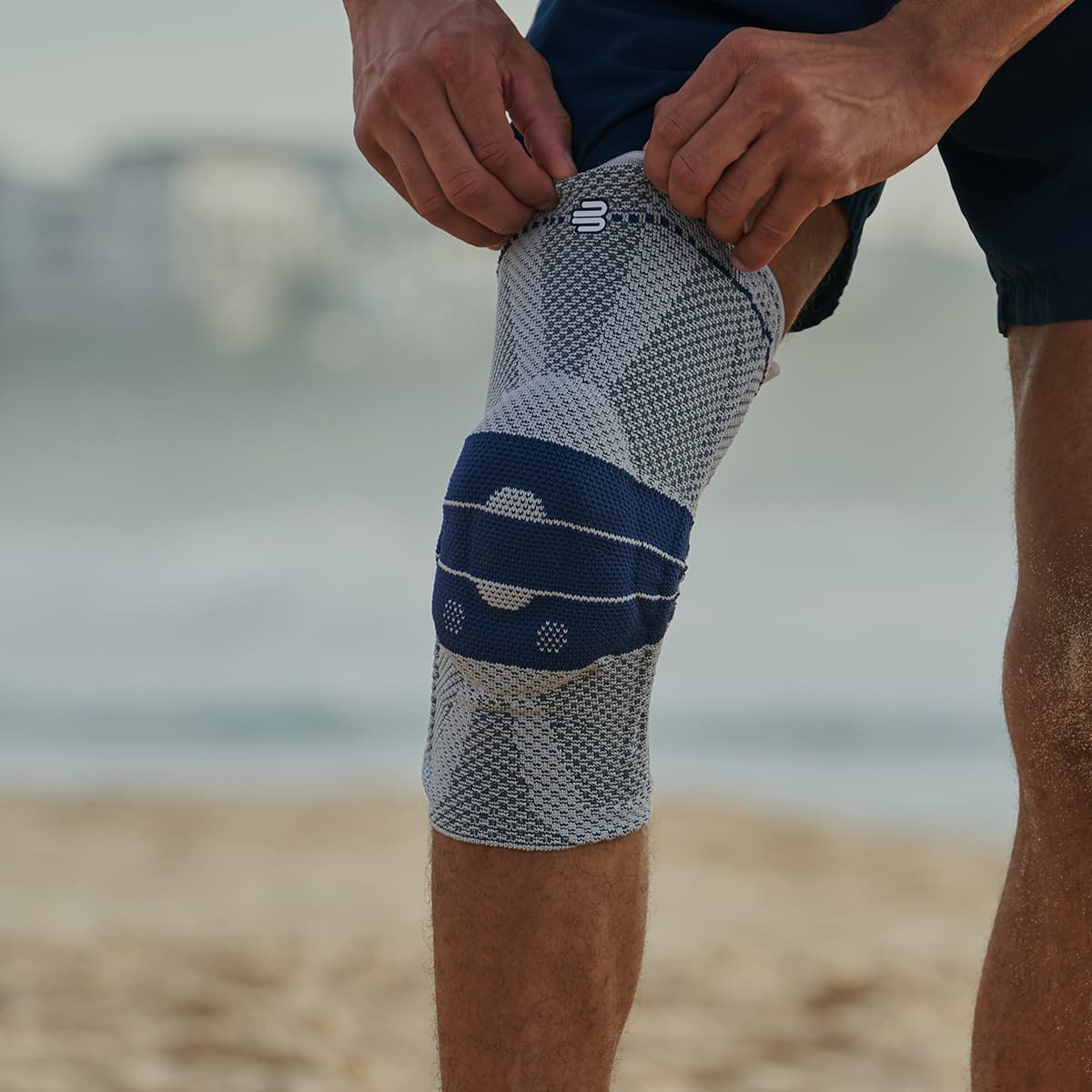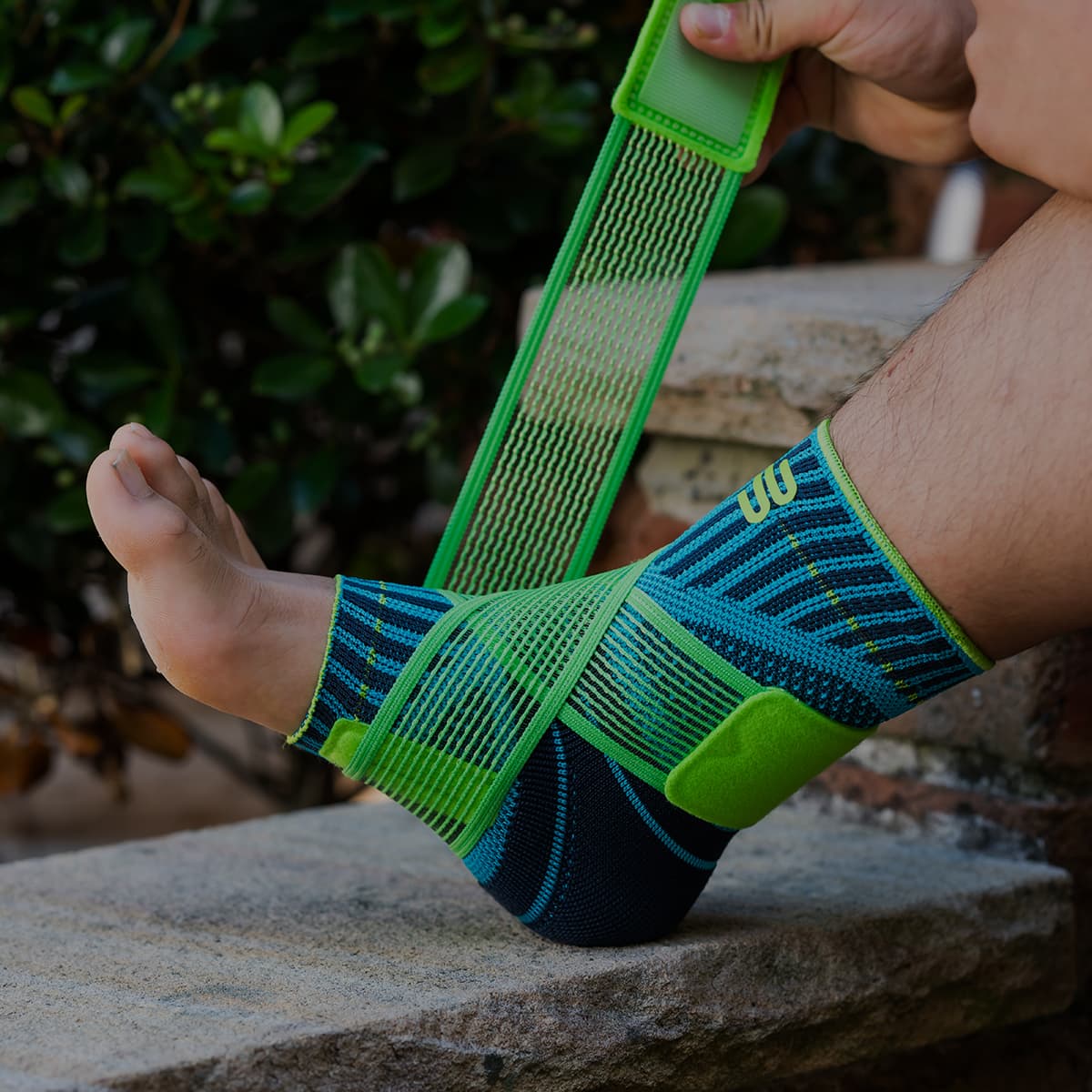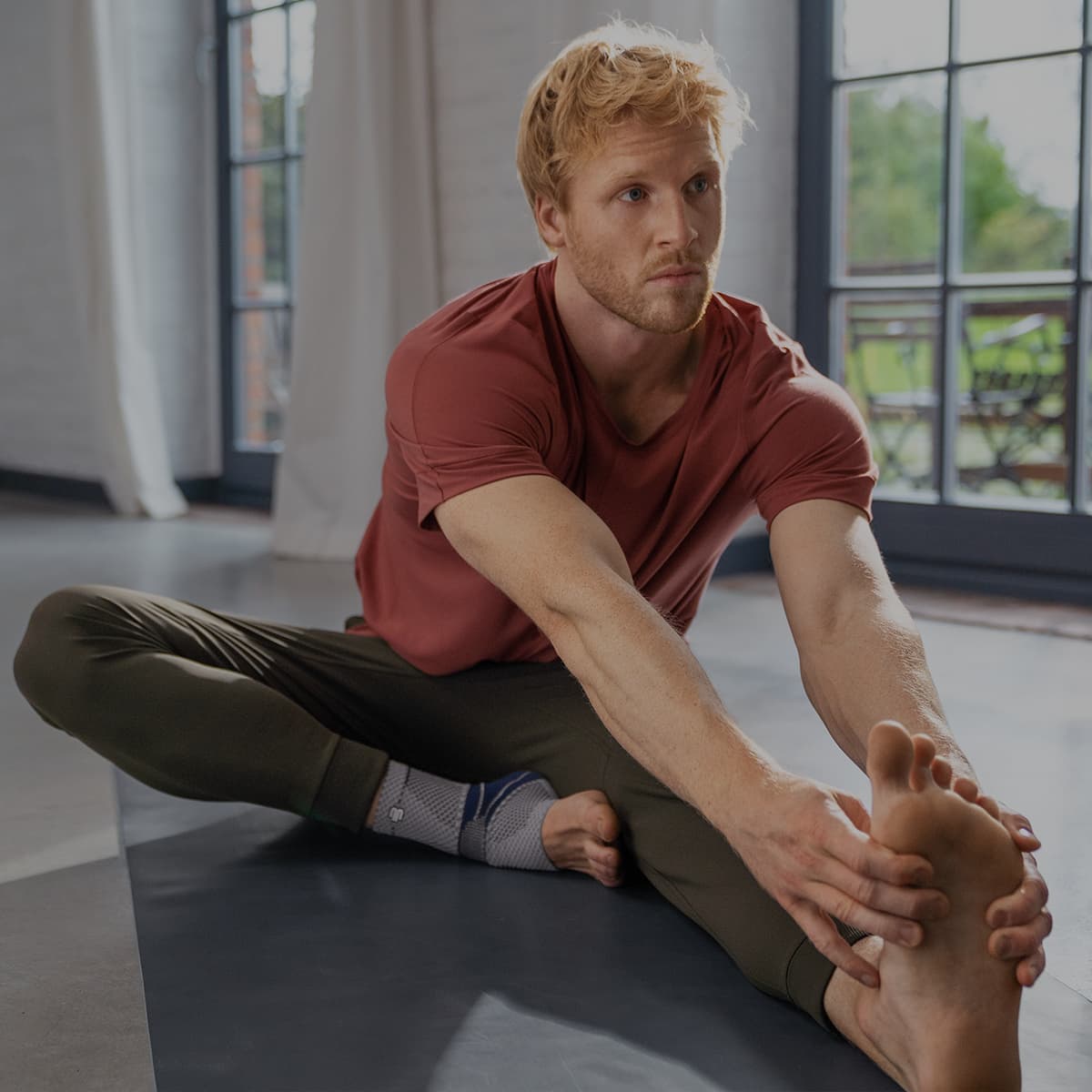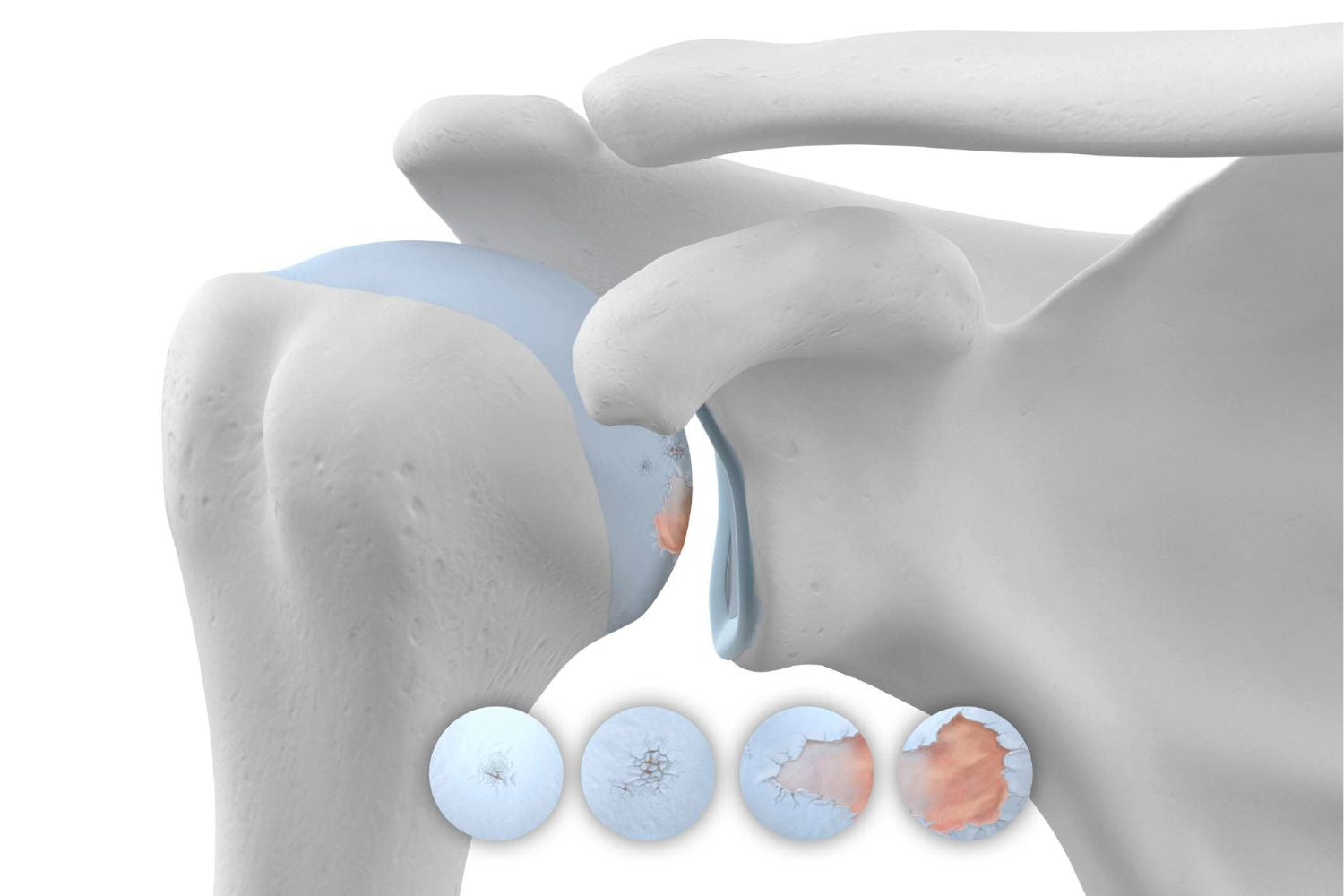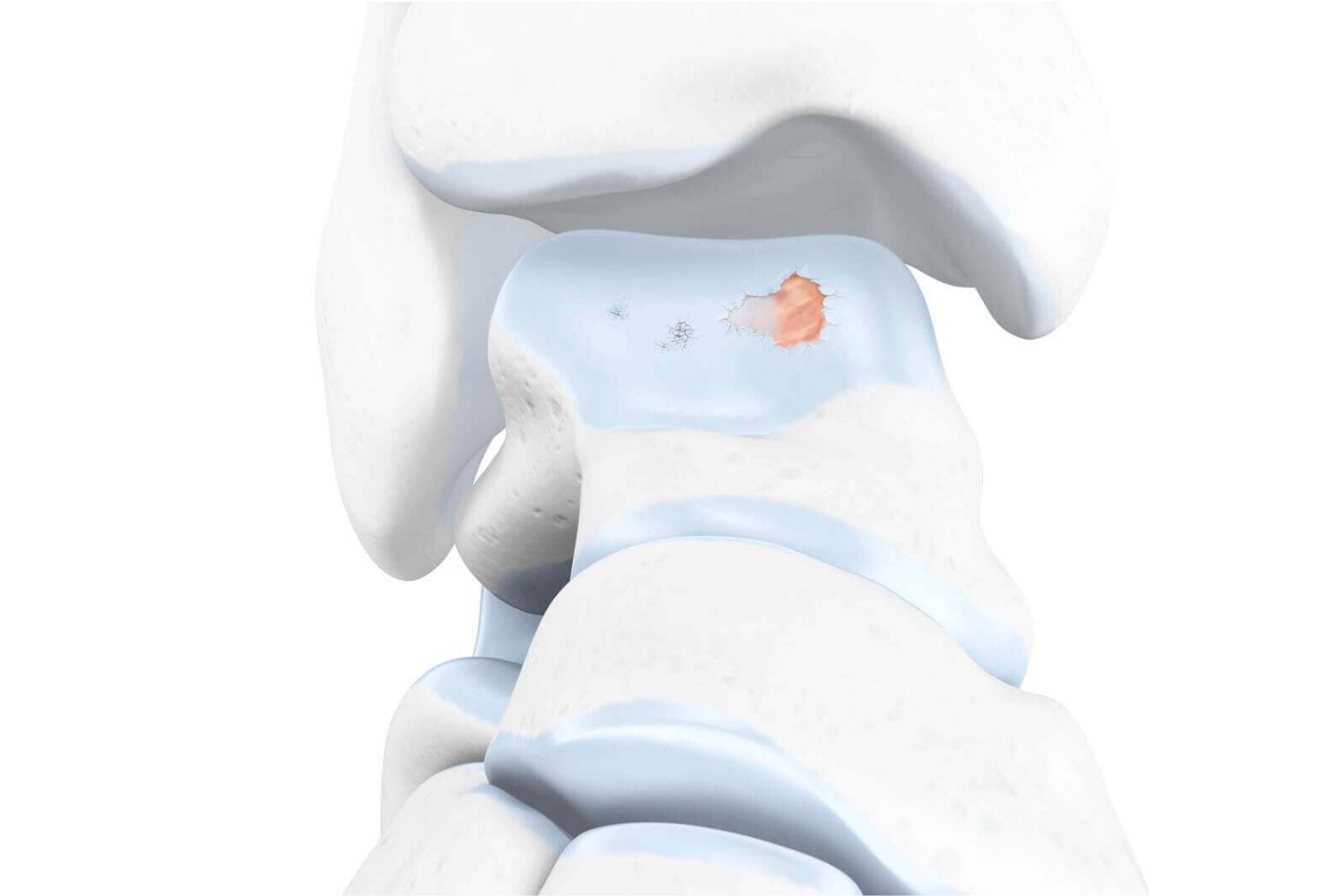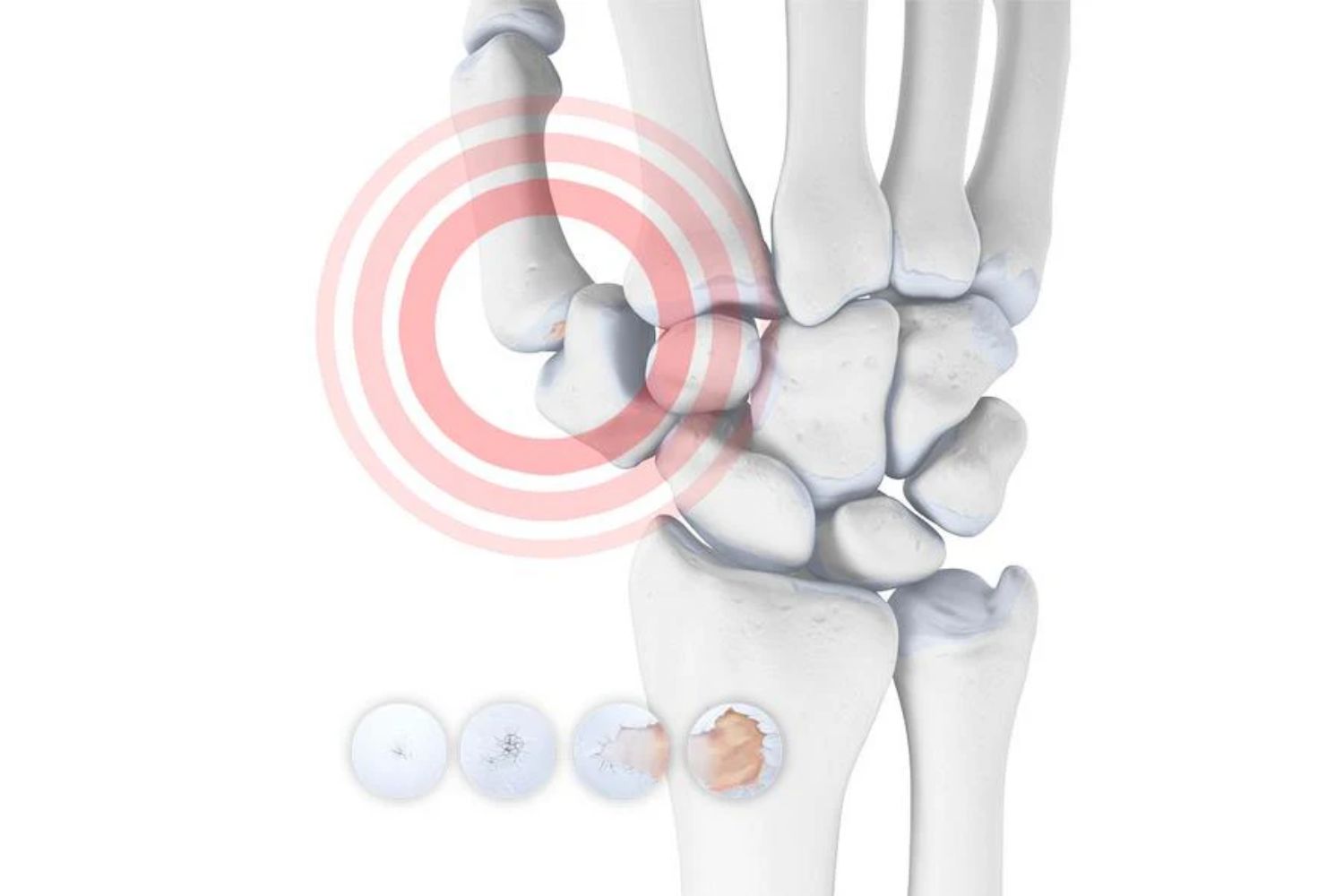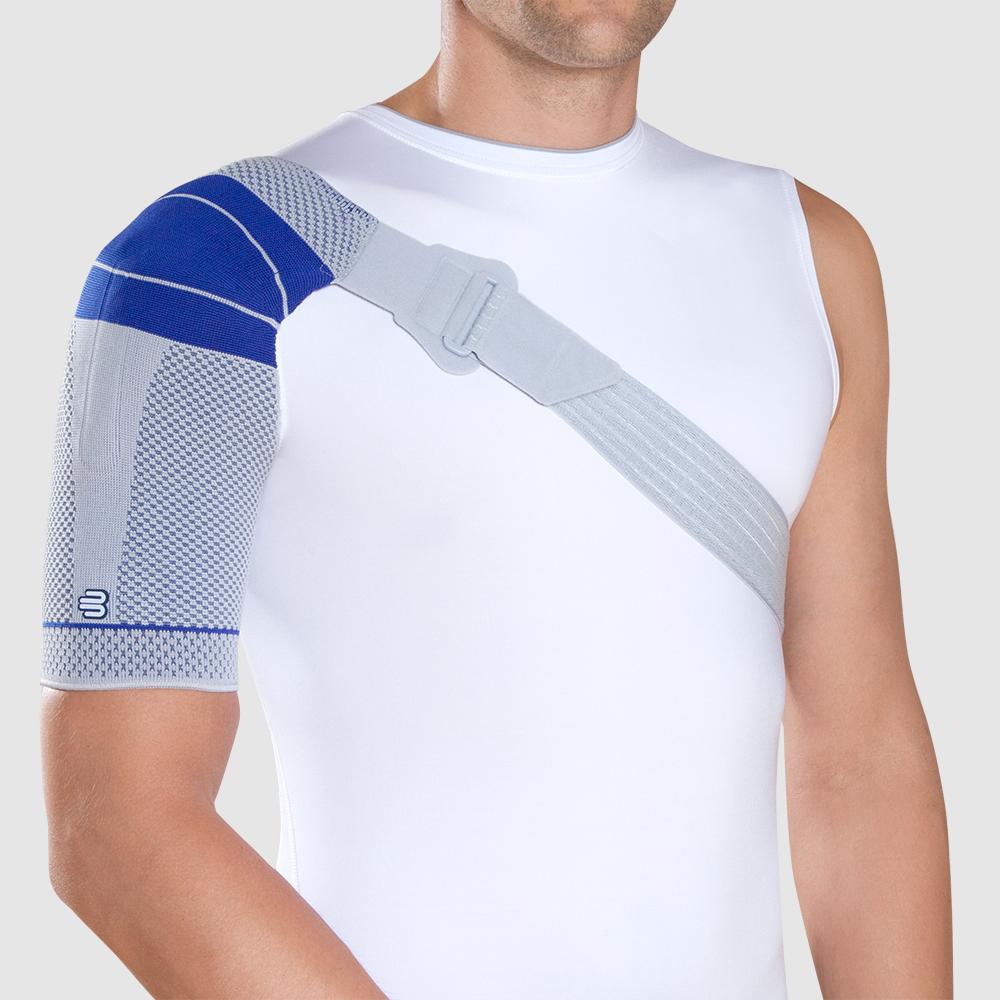Shoulder Osteoarthritis: Omarthrosis
The shoulder joint connects the shoulder blade to the upper arm bone, the humerus. Bending and stretching the joint allows us to move our arms, lift and carry objects, and perform other complex movements.
Long-term wear and tear of the shoulder joint can result in the degenerative disease known as shoulder osteoarthritis.
A patient suffering from this condition usually experiences pain in the shoulder under any stress and feels stiffness, leading to restricted mobility.
Conservative therapy is usually sufficient to manage the mild cases of shoulder osteoarthritis; however, in chronic cases, more direct surgical measures may be necessary.
Causes of Shoulder Osteoarthritis
Shoulder osteoarthritis is a progressive degenerative disease. The damage is irreversible and generally progresses with time and age. Based on the root of the disease, there are two distinct types: Primary (Internal) and Secondary (External).
Primary Shoulder Osteoarthritis
Primary OA is rather mysterious. The true root of the disease is unknown; however, scientists suspect that pre-existing conditions and a hereditary disposition could be the trigger. Not all carriers of the gene manifest symptoms.
Secondary Shoulder Osteoarthritis
Secondary OA is easier to diagnose and has a clear origin. Risk factors for developing secondary OA include:
- Sporting accidents or physical trauma to the shoulder.
- High-intensity physical activity, such as manual labour.
- Disease of the cartilage (Chondromatosis)
- History of a fractured or dislocated shoulder.
- Physical deformations that lead to the inherent instability of the joint.
- Long-term wear and tear due to natural ageing.
Shoulder Osteoarthritis Symptoms
The symptoms of shoulder osteoarthritis depend on the stage of the disease. As the disease progresses, the symptoms tend to get more severe. Some of the most commonly known symptoms include:
- Pain in the shoulder after long periods of inactivity, for example, after a night’s sleep.
- There is pain and increased discomfort when moving the shoulder sideways and rotating the arm. In mild cases, the pain subsides and is temporary; however, the underlying condition remains untreated.
- Long-term neglect can lead to a noticeable loss in the strength of the arm. The shoulder joint becomes stiff, and a patient’s mobility is restricted.
- Crunching or cracking sounds can be heard during movement.
In chronic cases:
The ligament between the shoulder blade and the humerus can be worn out completely, causing the bones to rub against each other.
There is significant pain and discomfort in the shoulder. The skin around the area turns red and feels heated.
In the worst-case scenario, bone growths (Osteophytes) can appear between the bones and change the joint's structure, further stiffening it.
Shoulder osteoarthritis (OA) is a degenerative disease that cannot be cured completely. However, a timely diagnosis can lead to an effective treatment path to slow the progression of the disease. The earlier the diagnosis, the better the prognosis!
Primary omarthrosis (shoulder osteoarthritis) often remains undetected in the initial stage. The pain doesn’t significantly impact the quality of life and typically results in a late diagnosis.
Diagnosis of Shoulder Osteoarthritis
A professional orthopedist is the best person to determine an effective treatment path. Diagnosis begins with a complete patient history and physical examination.
Shoulder Arthritis X-ray
The physician checks the joint's mobility and uses sophisticated imaging technology, such as X-rays and MRIS, to get a clear idea of the progression of the disease.
X-rays and MRIs are highly effective in detecting the presence of osteophytes and damage to the cartilage in the joint space.
Treatment of Shoulder Osteoarthritis
Treatment of the condition is mostly conservative. Only in chronic cases does surgery become a viable option. The best treatment course involves managing the progression of the disease and effective pain management. A good guideline to follow is:
Lifestyle Changes
Lifestyle changes in the early stages of the condition can help slow the progression. Avoiding stressful activities, like intensive manual work and lifting heavy loads, is a proven effective measure a patient can take in their daily life.
Rehabilitation And Physiotherapy
Regulated physiotherapy helps with targeted muscle training and is a proven effective treatment path. The exercises can help promote muscle reorganisation and are the most effective option for curbing the disease.
Encouraging healthy proprioception and muscle strengthening helps prevent long-term degeneration and can slow the progression of shoulder osteoarthritis.
Prescribed Painkillers
Medication, such as Ibuprofen or Panadol, can help alleviate pain and discomfort in patients. Importantly, painkillers only temporarily treat the pain without addressing the underlying condition. In addition, tolerance may occur, where the effectiveness of the drugs decreases, as well as other potential side effects.
Medical Shoulder Braces
It is highly recommended that ample support to the shoulder is provided by using a medical shoulder brace. The targeted compression that braces provide helps boost circulation and reduce the possibility of effusions and edema.
Wearing a Bauerfeind shoulder brace, like the OmoTrain, can minimise your chances of injury by providing enhanced stability, proprioception and medical-grade compression. This is not found in simple neoprene sleeves and braces and can be instrumental in managing shoulder arthritis pain.
Surgical Intervention
Operative surgery is considered only in more severe cases where symptoms are persistent, and all conservative treatments have been exhausted. In chronic conditions of bone growth, surgery might be needed to restore mobility.
A surgeon typically performs an arthroscopy (keyhole surgery), which is proven effective in alleviating symptoms. The surgery is minimally invasive, allows the surgeon to smooth the cartilage, and is proven to improve joint mobility.
In the worst-case scenario, a shoulder replacement (endoprosthesis) could be the final resort if all other measures fail to provide relief. A patient should make an informed decision after discussing the procedure with a physician and weighing the costs and benefits.
How can a shoulder brace help with osteoarthritis pain?
OmoTrain Shoulder Brace
Medical shoulder braces can be instrumental in managing the progression of shoulder arthritis.
Bauerfeind’s OmoTrain Shoulder Brace helps relieve stress and stabilise the shoulder joint. It features a special belt system strapped around the back and across the lower chest region to take the load off the shoulder joint and centre the upper arm. Additionally, the special belt system helps keep the brace in place, particularly with the shoulder's relatively flexible range of movement.
The OmoTrain shoulder brace also includes a massaging gel pad with frictional nubs, which massages the tendons and soft tissue around the shoulder joint during movement.
This pad helps to improve joint proprioception and provide pain relief. The OmoTrain is highly effective in both conservative and post-operative treatment paths.

